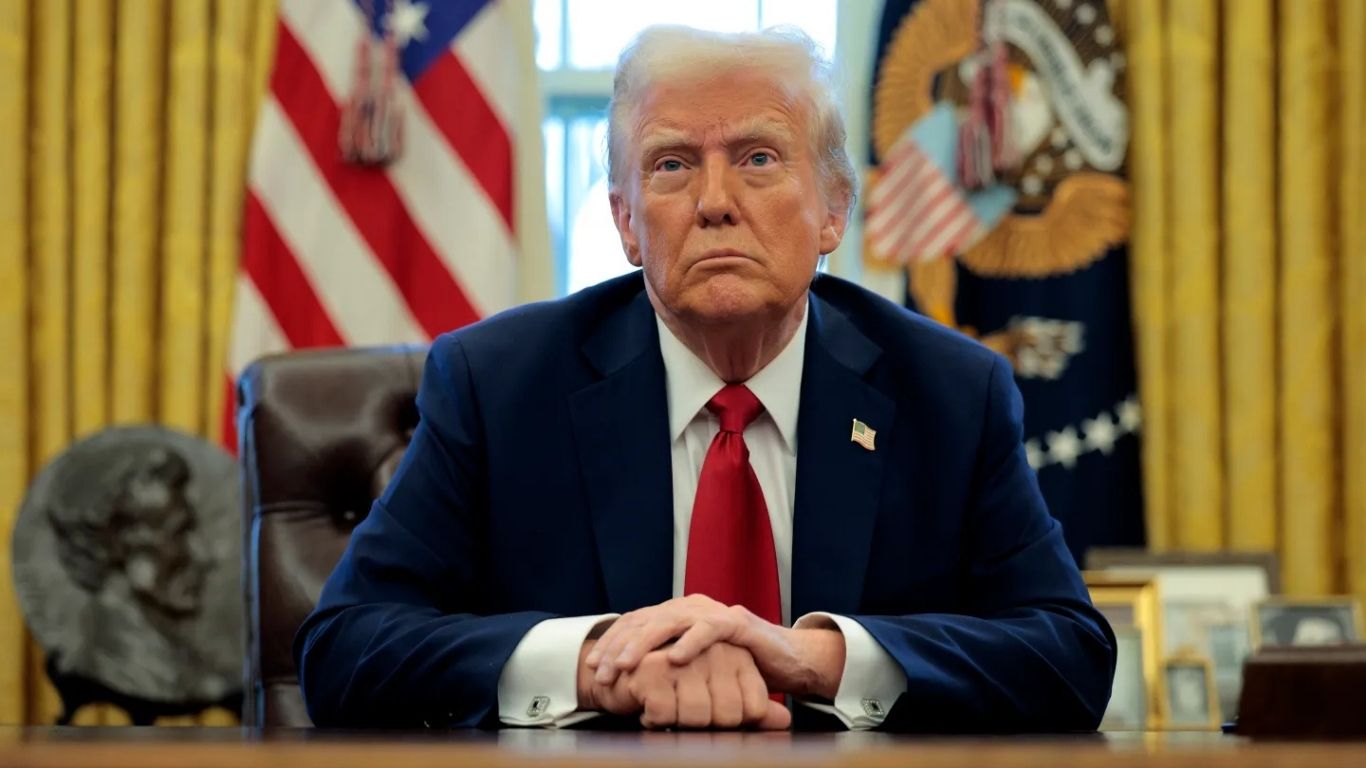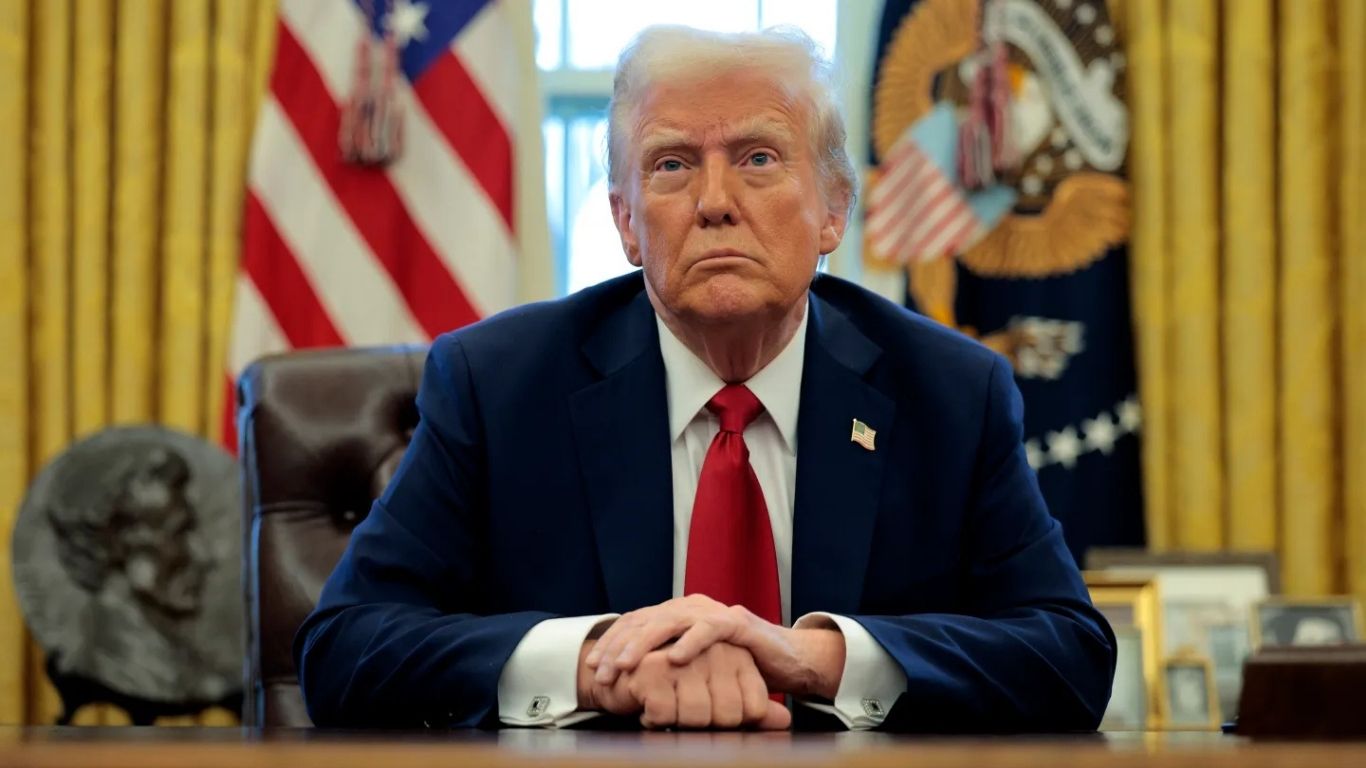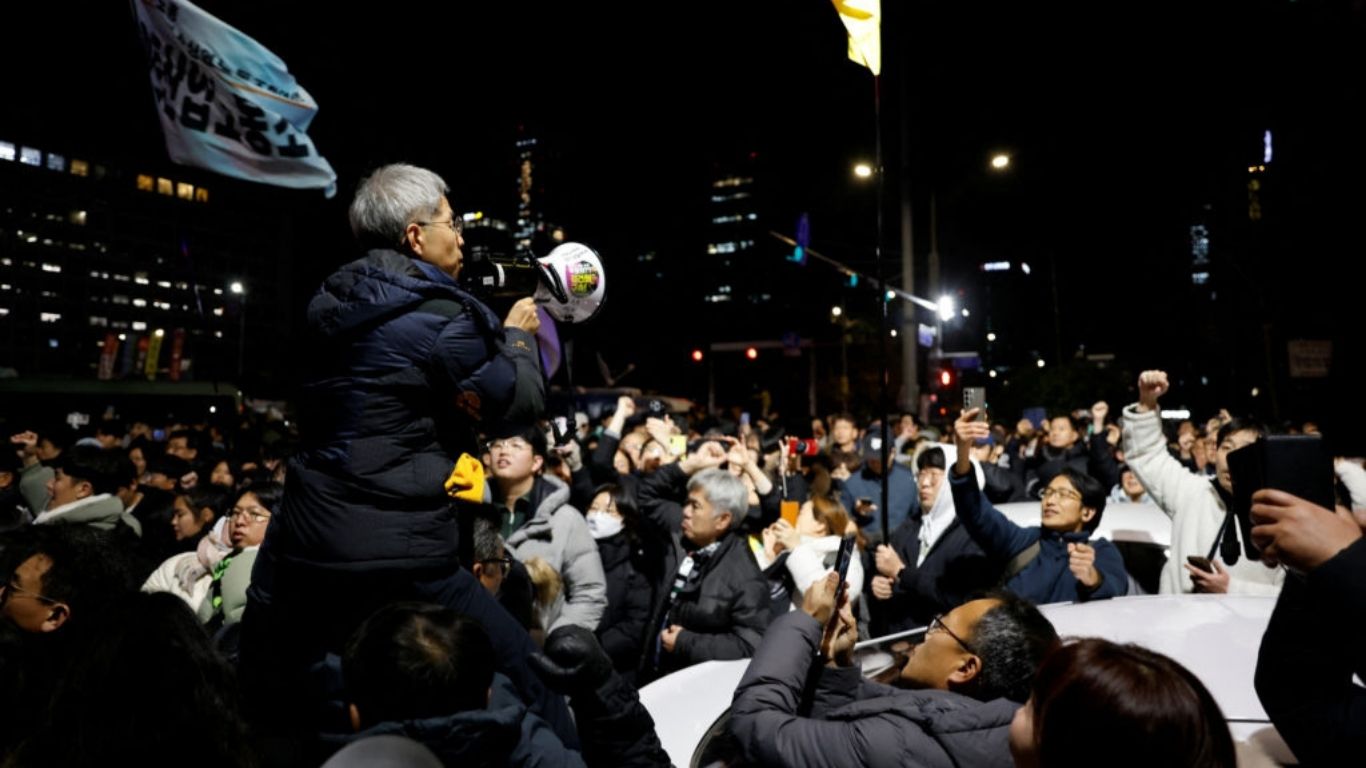In a world that supposedly champions free expression, it’s becoming increasingly clear that governments worldwide are not living up to their responsibility to safeguard the crucial role of journalism in democracy. Instead of nurturing an environment conducive to the free flow of independent and reliable news, political forces are quietly—sometimes not so quietly—squeezing the life out of the media landscape. It’s as if press freedom is becoming a casualty of politics itself.
A Global Decline in Press Freedom
The 2024 World Press Freedom Index has raised alarm bells. More than half of the world’s population will be casting their votes in elections this year, and yet the press—an institution that should provide the public with trustworthy, independent information—is under assault. As the report from Reporters Without Borders (RSF) warns, the political climate is turning increasingly hostile towards journalists. Not only is there a declining commitment from governments to protect press freedom, but the powers that be are also escalating attacks on journalists, either through direct violence or insidious campaigns of harassment and disinformation.
Journalism worthy of that name is a necessary condition for any democratic system. It’s a simple, yet powerful. Journalism is the bedrock of political freedom. If journalists are silenced, then democracy itself is endangered.
But it’s not just words that should worry us. There are disturbing actions too. In countries like Palestine, where journalists are working under constant threat, the situation has reached a dire point. The World Press Freedom Index ranks Palestine 157th out of 180 countries, placing it among the bottom ten when it comes to the safety of journalists. This is not a minor issue—more than 100 Palestinian reporters have been killed since October 2023. And yet, where is the global outcry? Where is the international community’s push for accountability? The lack of political will is palpable.
The Rise of Political Violence Against Journalists
What’s truly chilling, though, is how elections—especially in 2024, which is shaping up to be the biggest election year in history—are becoming hotbeds for media suppression. From Latin America to Africa, journalists are facing violence, harassment, and sometimes worse, all in the name of political power. Take Argentina, for example. Newly elected President Javier Milei has been accused of targeting the media, exemplified by his decision to shut down the country’s largest news agency—a symbolic move that signals his administration’s disregard for media plurality. It’s a troubling trend that is sweeping across countries where leaders with dubious records on press freedom are emerging victorious.
And it’s not just the authoritarian regimes where journalists are under threat. Even in so-called democracies, the state of the press is increasingly grim. The Democratic Republic of Congo, for instance, has seen reporters endure physical assaults, and Nigeria continues to rank low on the World Press Freedom Index, with violence against journalists peaking around election time. Military juntas in the Sahel region of Africa, including in Niger, Burkina Faso, and Mali, are only further tightening their grip on the media, hindering journalists’ ability to do their jobs and report freely. The situation in Turkey, under President Recep Tayyip Erdogan, is equally concerning, as the country continues to lose points in press freedom rankings.
The Growing Threat of Disinformation: Deepfakes and AI
But hold on—there’s a new wrinkle in the ongoing struggle for press freedom: the rise of disinformation, fueled by the growing influence of generative AI and deepfake technology. While many of us are still reeling from the reality that journalists are being attacked, the landscape of information warfare is rapidly changing.
With the power of AI, creating fake news and manipulating audio or video to mislead the public has never been easier. Take, for example, the case of journalist Monika Todova in Slovakia, where deepfake audio was used to manipulate the outcome of a parliamentary election. The chilling reality is that disinformation isn’t just a tool for political campaigns—it’s now being used to directly target journalists and skew the democratic process.
Governments Tighten Control Over Media: An Ongoing Global Crisis
Across the globe, the role of the press is under siege. Governments are increasingly exerting control over social media platforms and the internet, imposing restrictions, blocking accounts, and suppressing messages that carry inconvenient truths. In places like Vietnam (ranked 174th), speaking freely on social media can lead to arrest. China (172nd), already infamous for its draconian censorship, continues to detain journalists at an alarming rate, restricting any information that contradicts the party line.
The Darkening Landscape of Censorship and Control
In China, journalists are not just targeted for their reporting; they are often detained for doing their job. As the government continues to wield power over media outlets, the very notion of free speech becomes a far-off dream. The state keeps a tight leash on the information channels, from news outlets to social media, implementing censorship and surveillance to control the flow of any news that doesn’t fit the party narrative.
But this isn’t an isolated phenomenon. Countries like Vietnam and China are just the tip of the iceberg. The global crackdown on media freedom is being mirrored by governments everywhere, particularly by political groups that have learned to wield media not just as a tool of communication, but as a weapon of control. Whether it’s through state-controlled media or strategically acquired private news outlets, the battle for the truth is being systematically undermined. In Italy (ranked 46th), Giorgia Meloni’s government has even taken steps to acquire the second-largest news agency in the country, symbolizing the trend of political figures overtaking the media space and curating information to serve their interests.
The Rise of Disinformation: A Deadly Weapon for Political Control
What’s more alarming is that political actors—far from just controlling the media—are now frequently the ones spearheading disinformation campaigns. According to the 2024 World Press Freedom Index, over 75% of the countries surveyed reported that political groups often engage in systematic propaganda. This has led to a media environment where truth and falsehood blur into one indistinguishable fog. In many countries, the ruling political elite stokes hatred and distrust towards journalists, using rhetoric that discredits, insults, and even threatens those who dare to speak truth to power.
In Eastern Europe and Central Asia, media censorship has taken a page from Russia’s playbook. The methods used by the Kremlin to tighten its grip on information are now being adopted by authoritarian governments throughout the region. Belarus (ranked 167th), Georgia (103rd), and Azerbaijan (164th) have all moved closer to Russian-style media control. In fact, Russia itself, ranked 162nd, remains a prime example of how a government can manipulate the media to serve its own agenda, especially as the ongoing war in Ukraine (ranked 61st) continues to shape both the safety of journalists and the quality of journalism itself.
The Shrinking Space for Press Freedom
While the political landscape grows increasingly hostile toward journalists, the situation at the top of the World Press Freedom Index is also deteriorating. Norway, long at the top of the rankings, has seen a drop in its political score, while Ireland, previously a stronghold of press freedom, is no longer in the top three. Instead, Denmark (2nd) and Sweden (3rd) have taken the lead within the European Union. However, this shift underscores a troubling trend: even the best-ranked countries are seeing a decline in media autonomy, a chilling sign that no country is immune to the forces working to undermine press freedom.
In fact, some of the countries at the very bottom of the index—Afghanistan, Syria, and Eritrea—are becoming increasingly lawless zones for journalists. Afghanistan (down 44), with the Taliban in power, continues to punish journalists relentlessly, while Syria (down 8) and Eritrea (now last in both the political and overall rankings) have become some of the most dangerous places for reporters. These countries have become notorious for detaining, disappearing, or even holding journalists hostage for simply doing their jobs.
Regional Insights: A Global Snapshot of Press Freedom
The 2024 Index provides a clear regional breakdown of the state of press freedom worldwide. The Maghreb and Middle East stand out as having the worst media conditions, followed closely by the Asia-Pacific region, where authoritarian governments suffocate journalism with censorship and surveillance. In Africa, while fewer than 10% of countries are categorized as facing a “very serious” situation, nearly half are struggling with “difficult” conditions for press freedom.
Europe, however, presents a more optimistic picture, especially within the European Union. With the introduction of the European Media Freedom Act (EMFA), countries like Sweden, Denmark, and Germany are leading the charge in protecting journalistic independence. However, even within the EU, there are concerns about media freedom, especially in countries like Hungary, Malta, and Greece, where press freedom is being challenged. Meanwhile, Eastern Europe continues to deteriorate due to rampant disinformation and censorship, as seen in countries like Russia, Belarus, and Turkmenistan.
But one country stands out as a surprising victor in the face of adversity: Ukraine. Despite the ongoing war, Ukraine (ranked 61st) has made significant strides, improving its political and security indicators, and has risen 18 places in the rankings.
Journalism Under Siege: Global Press Freedom Faces New Threats
Across the Americas, journalists are increasingly unable to cover critical issues like organized crime, corruption, and environmental matters without fearing reprisals. This is a profound issue, exacerbated by rising threats to press freedom. The number of countries classified as having “satisfactory” press freedom has plummeted from 36% in 2023 to just 21% in 2024.
In one of the world’s largest economies, the United States, press freedom has declined sharply, dropping ten places in the rankings. South America is now facing a particularly troubling crisis, as the situation deteriorates in nearly every country, with press freedom being classified as “problematic.” The rise of populist leaders like Javier Milei has further strained press freedom, and violence against journalists remains rampant. Mexico, for instance, continues to be the deadliest country for journalists, with 37 reporters killed since 2019.
Sub-Saharan Africa: Elections and Violence Threaten Journalists’ Safety
In Sub-Saharan Africa, political violence during elections has severely impacted press freedom. The region has seen a surge in countries where journalists face grave danger, with more than 8% now categorized in the “very serious” red zone—double the amount compared to 2023. Countries such as Nigeria, Togo, and Madagascar have witnessed significant repression of the press, and the security situation in the Sahel countries like Niger, Burkina Faso, and Mali continues to deteriorate, further endangering journalists who are often caught in the crossfire.
Asia-Pacific: A Hotbed of Media Danger
The Asia-Pacific region remains one of the most dangerous environments for journalists, with five countries ranking among the ten most perilous for media personnel worldwide. Myanmar (171st), China (172nd), North Korea (177th), Vietnam (174th), and Afghanistan (178th) all feature prominently in the list. Despite some improvement in other regions, Asia continues to pose an immense challenge for free press, and this year, none of the region’s countries made it into the Index’s top 15. The conditions for journalists in these countries are dire, as governments deploy extreme measures to stifle media freedom and suppress dissent.
The Middle East and North Africa: A Region in Crisis
In the Middle East and North Africa, the situation for journalists is classified as “very serious” in nearly half of the countries. The United Arab Emirates has joined the ranks of countries with particularly grave press freedom violations, including Yemen, Saudi Arabia, Iran, Palestine, Iraq, Bahrain, Syria, and Egypt. The situation in Palestine is especially alarming, with ongoing conflicts and bombardment by the Israeli army, making it one of the most perilous places for journalists. Notably, Palestine remains at the bottom of the Index. While Qatar has escaped the red zone, it remains one of the few exceptions in a region marked by intense repression.




